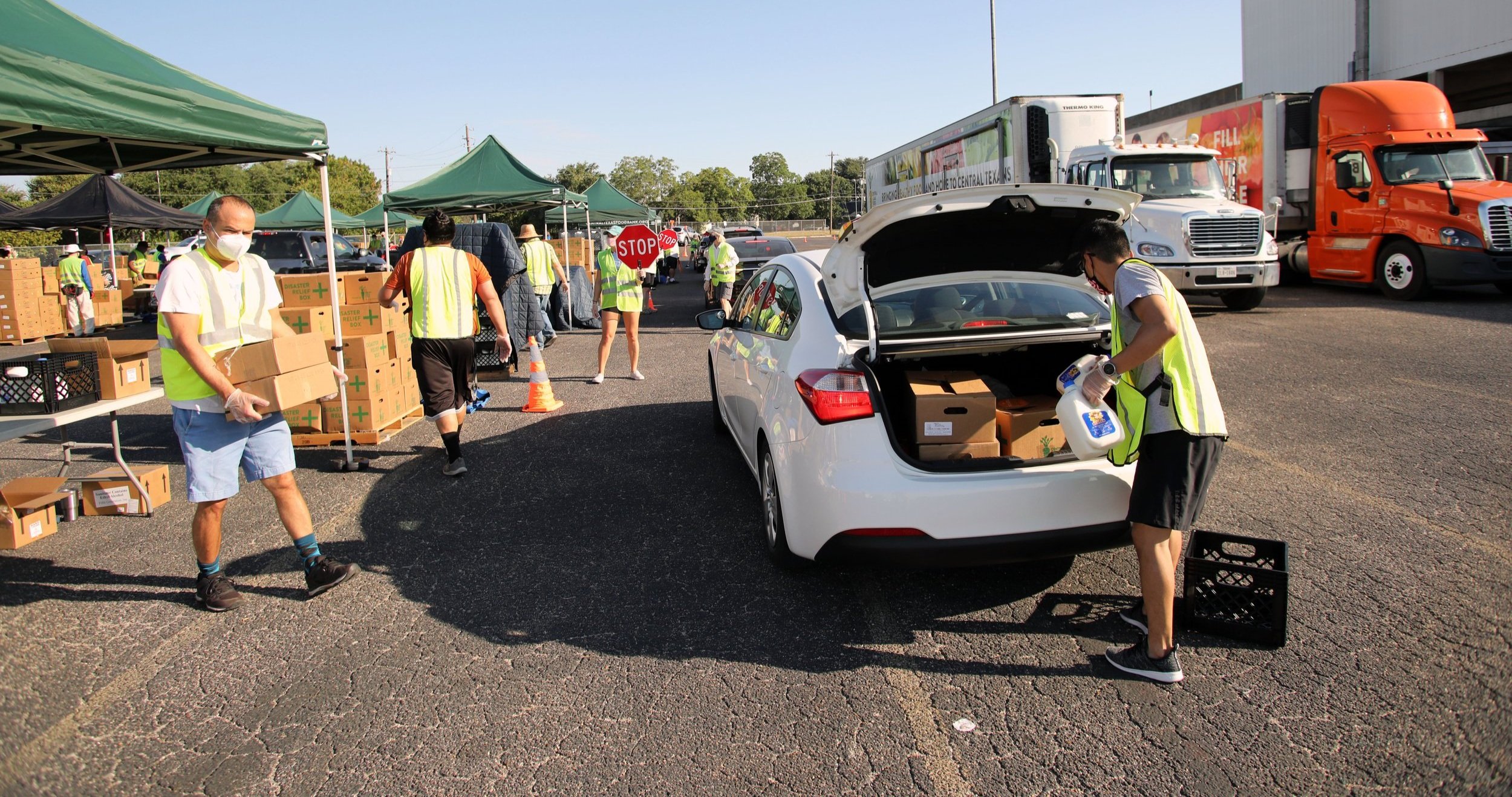News & Updates

Using Data to Democratize Education on Hawai‘i Island
Chancellor Rachel Solemsaas of Hawai’i Community College (HCC) is clear about her priority when it comes to serving students in need: democratizing education. She defines democratizing education as open access, equity, and commitment to success. To make these priorities a reality, we’ve partnered with Chancellor Solemsaas and her team to leverage existing data while also cultivating a data culture at HCC that not only informs decision-making, but teaches students how to be data literate as well.

Our Focus on Household Need Data in 2022
Over the past almost two years, we have frequently been asked to support another critical data challenge: how to identify and gain insight from data to understand households in need of assistance. Late last year, we interviewed multiple leaders of organizations supporting households in need to understand how readily they are able to gain insight from the data they collect while doing their work, and the extent to which they are able to effectively share data amongst peer organizations, government agencies and private sector funders to gain broader insights. We learned a lot from these discussions, inspiring us to make household need data our focus for 2022.

ALICE Conversation Series: Our Friends, Neighbors and ‘Ohana
On June 24, 2021, Aloha United Way (AUW) kicked off their ALICE Conversation Series with the first event “ALICE - Our Friends, Neighbors and ‘Ohana.” AUW’s community partners shared how they’re working to support ALICE, including Feed the Hunger Fund, Kokua Kalihi Valley, Parents and Children Together, and Waikiki Community Center. Nick Redding, Executive Director of Hawai‘i Data Collaborative (HDC), was also invited to present HDC’s work of filling timely data gaps so that those working to help ALICE can keep pace with the needs of ALICE as it evolves over time.

“We Don’t Feel ‘Poor’”: How Vibrant Hawaii’s Lived Experience Data Is Shaping Community Understanding and Decisions
Following a deep study of the Hawaii ALICE report, community members across the Big Island were initially struck by what the data showed about Hawaii County: a staggering 61 percent of the county’s households were categorized as struggling to meet basic needs. In some county districts, more than three-fourths of households were labeled as struggling.
Through a series of listening sessions across the island, Vibrant Hawaii’s leadership council met with more than 30 cross-sector leaders and 90 stakeholders, both to share the report’s findings, and to learn about people’s experiences living within ALICE communities. What they heard surprised them. Many community members in attendance expressed that they didn’t, in fact, feel “poor,” despite the ALICE reports findings. In particular, three key conditions countered residents’ perceptions of being poor or struggling…

AUW's Lisa Kimura Discusses the Updated ALICE Report, and the Impact of COVID-19 on Hawaii's Struggling Families
Lisa Kimura, Vice President of Community Impact at Aloha United Way, discusses the updated ALICE® report, what it told us about Hawaii’s financially struggling families pre-COVID since the last report was done in 2018, how much Hawaii’s ALICE-and-below population will grow as a result of COVID-19, and the level of broad collaboration necessary to uplift families out of ALICE status.

Fifty-nine Percent of Hawaii Households Estimated to Experience Significant Financial Hardship by the End of 2020
Aloha United Way released an updated report, ALICE®: A Study in Financial Hardship in Hawaii, indicating forty-two percent of Hawaii’s households are struggling to get by. That was pre-COVID-19 arriving to our islands. We partnered with AUW to estimate that in the wake of the Coronavirus pandemic, an additional 35,000 households will face severe financial hardship by the end of the year.

(Updated) Modeling Suggests Substantial Increases In The Financial Vulnerability Of Hawaii's Families
Although the specifics of COVID-19’s economic effects on Hawaii remain unclear, our modeling suggest impacts on households of all income levels. Based on preliminary results, we estimate that nearly 134,000—approximately 30 percent—of all Hawaii households stand to bear a significant loss of income (defined as a loss in household income greater than 25 percent) due to the effects of the pandemic on the local economy.

How Vulnerable is Hawaii in the Face of a Coronavirus Pandemic?
While Hawaii has done well by sheltering in place, other socio-economic factors could place us in a precarious position if we were forced to respond to a full-blown pandemic, disproportionately affecting certain segments of the population–even those who are our closest neighbors. Some have suggested that our decision makers are being overly cautious when considering when and how to reopen the state to business and life in general. They insist that we have turned the corner. And we have. But, as the Surgo Foundation’s index shows, we still have much to be careful about during a pandemic that has yet to show us its teeth and full bite in Hawaii.
